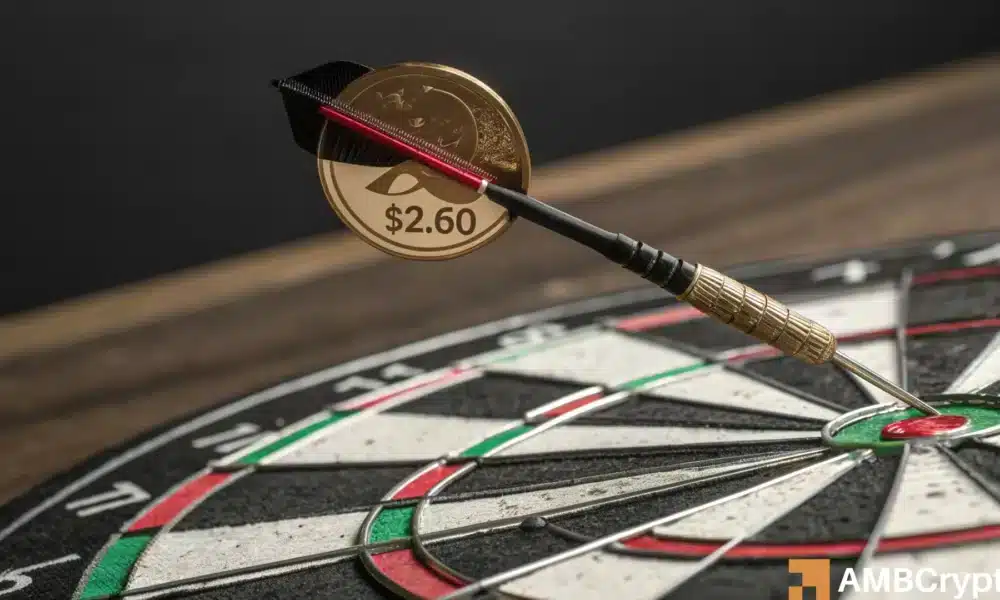Recent developments surrounding XRP have brought forth concerns regarding a potential liquidity trap awaiting short sellers. The $2.60 price level has amassed a considerable number of short positions, leading to the creation of a liquidity trap scenario.
This situation has paved the way for market makers to potentially capitalize on it, which could trigger a series of liquidations if the price moves unfavorably against these short positions.
XRP and the Existing Short Positions
XRP has witnessed a surge in short positions that have gathered around the $2.60 mark. Analyst Ali Martinez has shed light on this, indicating that these short positions have formed a significant liquidation area.
The heatmap has revealed a substantial concentration of high leverage and volume at this specific level. This accumulation is seen as a reflection of a growing bearish sentiment among traders who are likely speculating on a price correction or reversal. However, this dynamic could lead to unforeseen outcomes for those with short positions.
The Risk of a Short Squeeze
A short squeeze occurs when the price of an asset surges unexpectedly, compelling short sellers to repurchase their positions to limit their losses. For XRP, the crucial trigger point appears to be the $2.60 level.
If XRP surpasses this threshold, it could initiate a chain reaction of forced buybacks, propelling the price even higher. This domino effect would leave short sellers in a precarious position, potentially resulting in the liquidation of leveraged positions and exacerbating their losses. As more short positions are squeezed out, the price may skyrocket rapidly, amplifying the pressure on those who bet against it.
Nevertheless, market conditions are subject to change, and while the risk of a short squeeze looms large, external factors such as broader market trends, news developments, or regulatory changes could also impact XRP’s price trajectory.
The Role of Market Movers
Market makers are adept at seizing opportunities arising from concentrated leverage situations. The substantial short interest provides market makers with a chance to drive the price upwards, effectively targeting the liquidation of overly leveraged positions.
By triggering these liquidations, market makers stand to profit from margin calls, taking advantage of forced buybacks and generating significant returns. This strategy enhances volatility and heightens the pressure on short sellers, fostering a cycle that can quickly escalate the asset’s price.

